That’s great!
You decided to start learning how to draw.
But you wonder how to draw anything you ever wanted?
Naturally,
you copy designers or artists you like,
but it is not easy to make good drawings as a beginner.
An unfair amount of your drawings may end up in the paper bin.
You wish you could progress better, but you just do not know how.
And that’s ok.
To succeed, I would like you to make a RESET of your mind,
So we can start with a solid base by “Learning how to learn drawing” following my 4-step method.
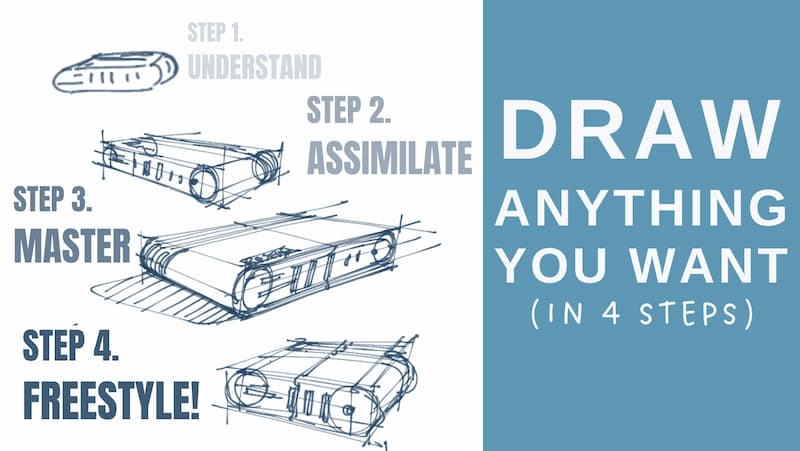
“Learn How to Learn” Drawing with no Experience
A. “Bad learning habit” as a kid

When you were a pupil,
You had to study various subjects at the academic school like:
– History, Geography, Math, Grammar, and so on at school.
Most of the time,
you had to memorize the lessons and pass the tests.
However… how did you proceed to learn?
Did you also like me, learn by repeating your lessons over and over? And still find this technique inefficient?
Did your teachers ever teach you how to better memorize or acquire efficiently the knowledge?
Even though you may have good marks, how much do you remember of all the knowledge you studied today?
Uninspired at school,
I often end up doodling in my notebooks though.
And you?
Did you also doodle in class?
B. Reset your Mindset (to better learn)
I believe the way we learn at our academic school does not work.
This is why I created my own proven methods to “learn drawing with efficiency” using a different method.
I developed my own learning method of sketching
during my Design School and Professional life,
which anyone can use from the start.
With today’s video about “Learn how to learn drawing with no experience”,
I want to help beginner designers learn and improve their skills in a smart and fun way.
I want to teach you techniques you can acquire and remember and use for a lifetime to draw anything you wish.
If you think you have always been bad at drawing, get ready to reset your mindset.

C. How to Learn better with the “DRAW IT 4 TIMES TECHNIQUE”
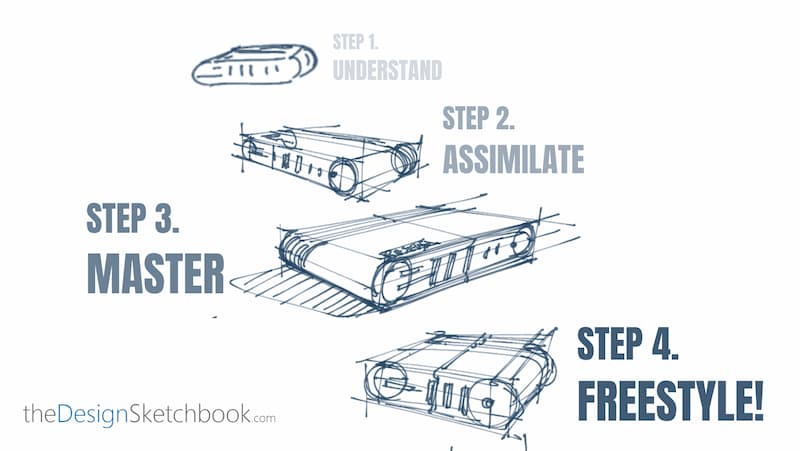
I aim to demystify
the learning process by making it easy to learn drawing.
You get an effective learning strategy
using the “DRAW IT 4 TIMES” technique that fosters growth
while ensuring the journey remains fun!
Adopt the resilience of a baby!
Drawing parallels with a baby’s learning process may seem odd
but it offers valuable lessons – perseverance and resilience.
Babies don’t give up when they stumble;
they rise again until walking becomes second nature to them.
They are so resilient,
that no babies gave up trying to walk.
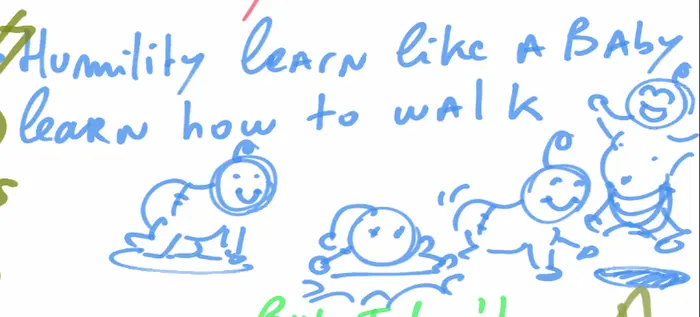
Similarly, beginners should embrace humility and understand
that immediate success in drawing is unrealistic.
It’s okay to fail.
Keep up and try again!
So many beginners give up at their first bad drawing,
convinced they will be BAD at drawing forever.
YOU ARE NOT BAD AT DRAWING
The first step towards mastering drawing is u003cstrongu003eadopting the right mindset.u003c/strongu003eu003cbru003eIt is not because your first sketches are bad, that you are bad at drawing. u003cbru003eIt is just that u003cstrongu003enobody taught you before.u003c/strongu003e
Avoid Copying “What You See”: Draw with Strategy
Beginners often copy a finished drawing
without knowing the steps involved to get there
– even though these sketching techniques are often simpler than you think.
In reality, copying isn’t equivalent to comprehending;
these are distinct skills with different impacts on your design and artistic development.
While striving for perfection may seem like an ideal goal,
it can limit creativity and hinder idea generation.
Instead, focus on understanding the essence of your subject
matter rather than mechanically reproducing it.
Another practical tip is to draw bigger sketches
which help in better focusing on basic movements and gestures further refining your skills.
Draw with Strategy
A common pitfall most novices fall into is u003cbru003etrying to replicate professional artwork without understanding u003cbru003eitsu003ca href=u0022https://www.thedesignsketchbook.com/the-very-basics-of-sketching-step-by-step/u0022 title=u0022 underlying fundamentalsu0022u003e underlying fundamentalsu003c/au003e or the u003ca href=u0022https://www.thedesignsketchbook.com/tip-120-how-to-present-a-project-to-your-design-company/u0022 title=u00225 phases to present your project to your design companyu0022u003edrawing processes involvedu003c/au003e.
D. The “Draw it 4 Times method”
“Learning how to learn” is essential to efficient skill acquisition in any field including drawing.
It involves breaking down complex tasks into manageable parts
which can then be practiced individually before integrating them together.
In terms of practical application, below are these four drawing stages:
STEP 1) Understanding through analysis:
At this stage focus on practicing without worrying about producing high-quality sketches.
Your goal here is to analyze, and identify the steps you need to perform to draw your subject.
When you draw something new,
pick up the drawing techniques you learned to set a sketching strategy.
Draw them as “Doodle visual notes”.
Think of the drawing fundamentals as a Big toolbox.
Whether you are a beginner or a professional sketcher,
this preparation step will be a tremendous help.
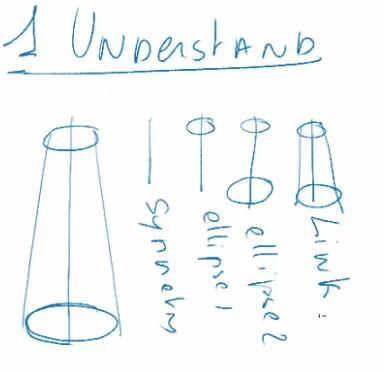
STEP 2) Assimilate your drawing strategy
Repeatedly practice various techniques t
ill you become comfortable drawing your product.
Since the analysis stage is acquired,
drawing your product becomes a lot easier now.
You start refining the proportions, and deliver neater sketches.
Make sure to draw bigger.
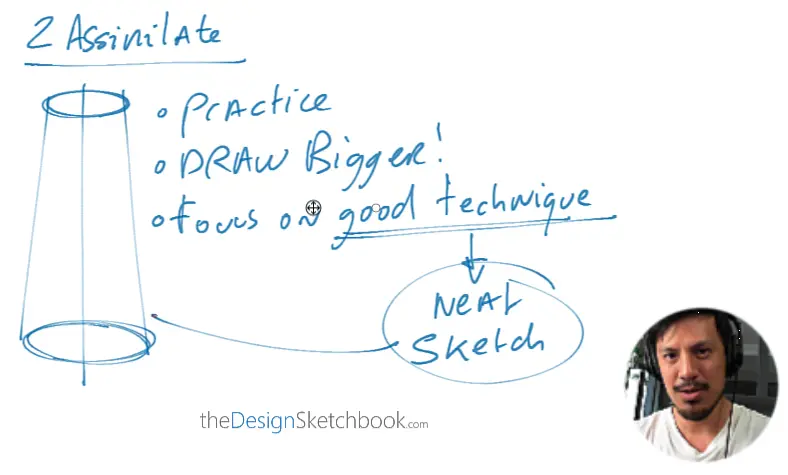
STEP 3) Mastering Sketching
Delve deeper into more advanced concepts like 3D drawings,
line weights, ground shadow etc., once basic techniques are mastered.
You may even skip some steps, such as drawing the symmetry axis.
Your drawings gain clarity by omitting drawing selective construction lines.
As for now, you can visualize these imaginary lines in your mind.
Your drawing is neat and shows quality lines.
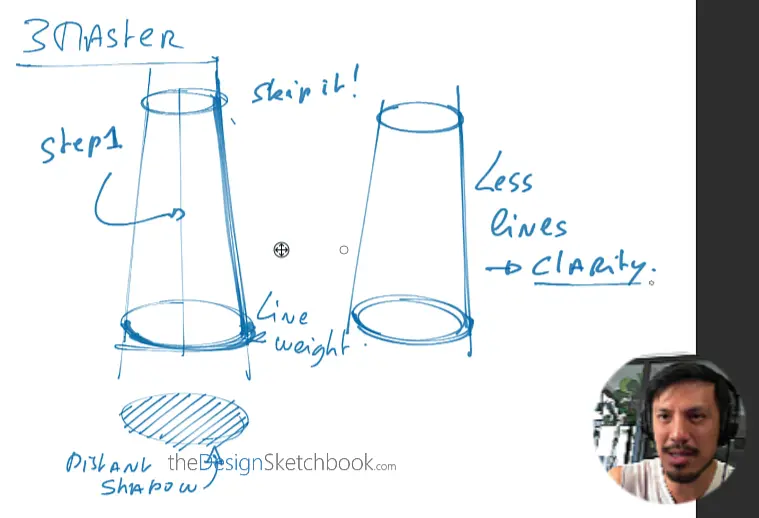
STEP 4) Creating your unique sketching style
After gaining proficiency in fundamental techniques
explore personal stylistic preferences and develop your individual artistic voice as a Designer.
Make your imperfections beautiful!
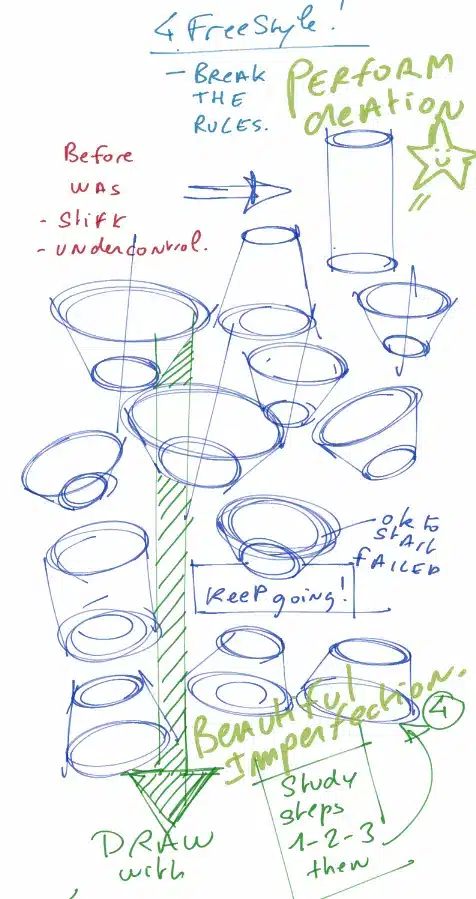
“Draw it 4 Time” drawing demo
I add below an application of the “Draw it 4 Time” technique.
I took the USB HUB in front of me, and draw it. 🙂
The magic of learning the Product design sketching techniques
is you can see your product from one viewpoint.
Then, you can redraw them from any viewpoint of your choice.
You gain the ability to turn volumes in 3 dimensions in your mind!
You are not tied to drawing with references only.
Do that, and you will have the real freedom to draw your ideas from your imagination!

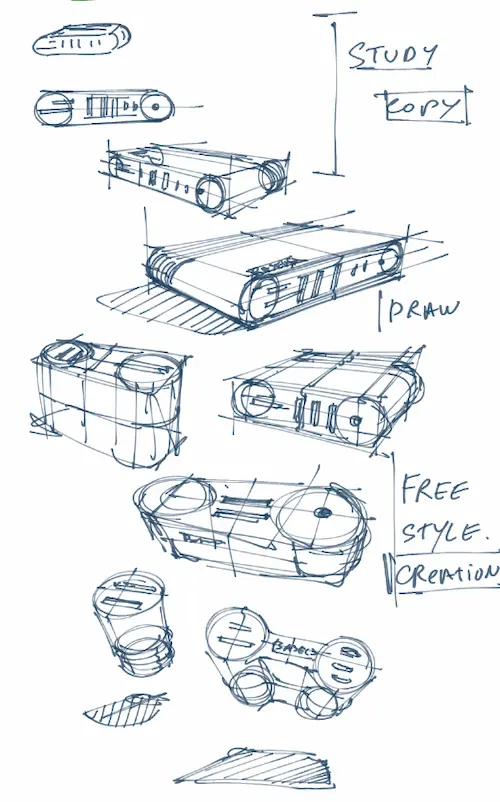
Build resilience
u003ca href=u0022https://www.thedesignsketchbook.com/a-student-asked-me-i-am-doing-mistakes-is-it-my-fault-tip-148/u0022 title=u0022Learn drawing by making mistakesu0022u003eEmbracing mistakesu003c/au003e as part of the learning curve helps u003cstrongu003eu003ca href=u0022https://www.thedesignsketchbook.com/dont-look-for-perfection-but-for-your-1000-mistakes-kimon-nicolaides/u0022 title=u00223 rules from Kimon Nicolaides to learn making 1000 mistakesu0022u003ebuild resilience against setbacksu003c/au003e u003c/strongu003ewhile adding fluidity and spontaneity in artworks making each piece distinctly yours.
BONUS Exercise: Draw with Loose lines
Sketch random shapes
and overlay them repeatedly to foster a relaxed drawing style.
Drawing with loose line help you fight against Perfectionism,
and help you to better engage in a new drawing with enthusiasm instead of fear.
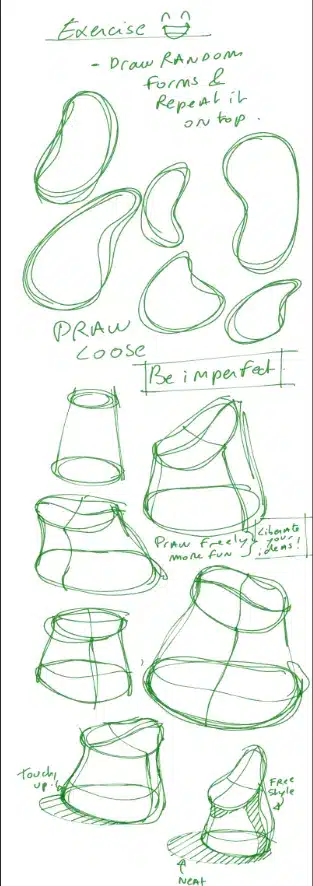
For those eager beginners wanting more guidance check out the Designer Starter Kit
aimed at helping novices grasp perspective drawing effectively.
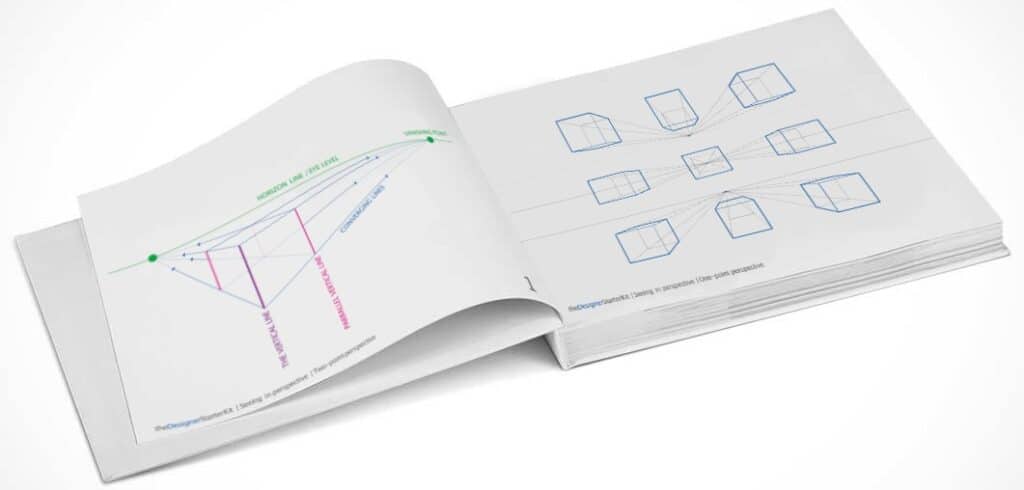
SUM-UP: 16 ACTIONABLE STEPS
What to remember to “Learn better how to learn drawing”:
- Begin your drawing journey with humility and perseverance,
understanding that “immediate success is not given”. - Adopt a mindset similar to a baby learning new skills – continue without giving up despite challenges.
- Learn the fundamentals of drawing instead of just copying other works;
understand what makes each sketching technique unique and try to apply these learnings in your own own drawings. - Avoid overconfidence and trying to imitate professionals until you’ve grasped the basics of drawing.
- Follow the four stages to learn drawing: Understand, Assimilate, Master, Freestyle!
- Practice basic movements frequently and draw larger sketches for better focus on details.
- Focus more on understanding the object you’re drawing rather than mechanically reproducing it.
- Embrace mistakes as they are part of growth; use them as opportunities to refine your skills further.
- Try freehand or freestyle drawings to express yourself creatively even if they end up imperfect.
- Practice exercises like random shape drawings followed by repeating overlays to promote a relaxed drawing style.
- Avoid being overly perfectionist; allow room for fun, imperfection which can fuel creativity process further.
- When attempting new objects always draw multiple times till you feel comfortable with all aspects & details about it – remember initial attempts are meant for understanding so don’t worry about them being clumsy or imperfect.
- Prepare well before sketching anything- know basic techniques well enough before proceeding further
- Focus on efficiency & speed while sketching especially in collaborative settings where idea generation needs quick modifications & iterations based on feedbacks received
- Develop your own individual style instead of just copying others’ works – customization is what makes each artwork unique
- Remember, progress and fun should be the main goals while learning sketching techniques; don’t stress over imperfections or slow pace initially.
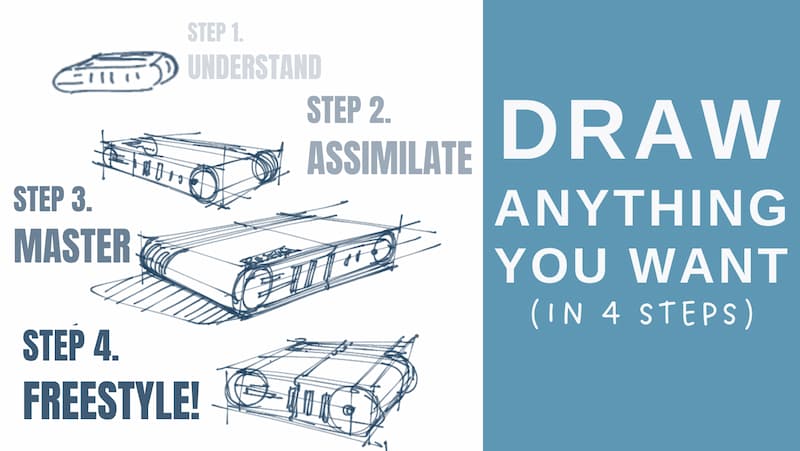
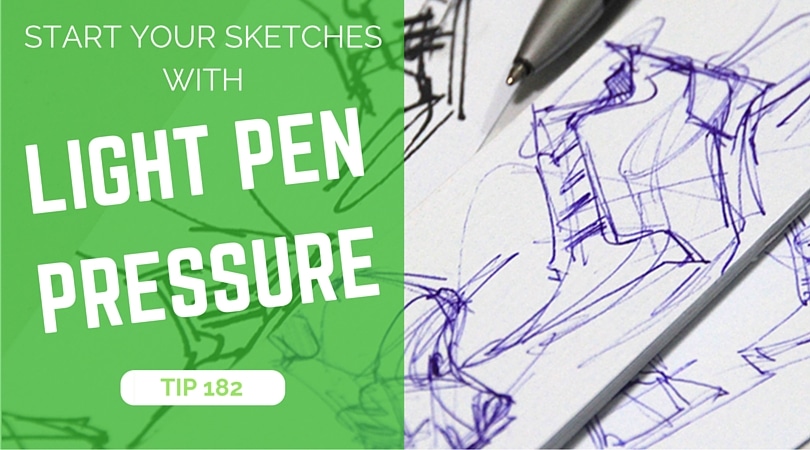
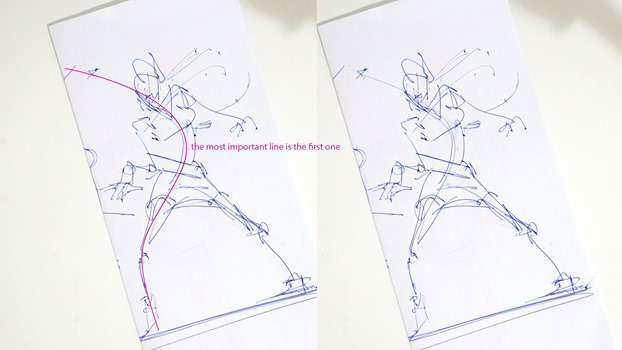
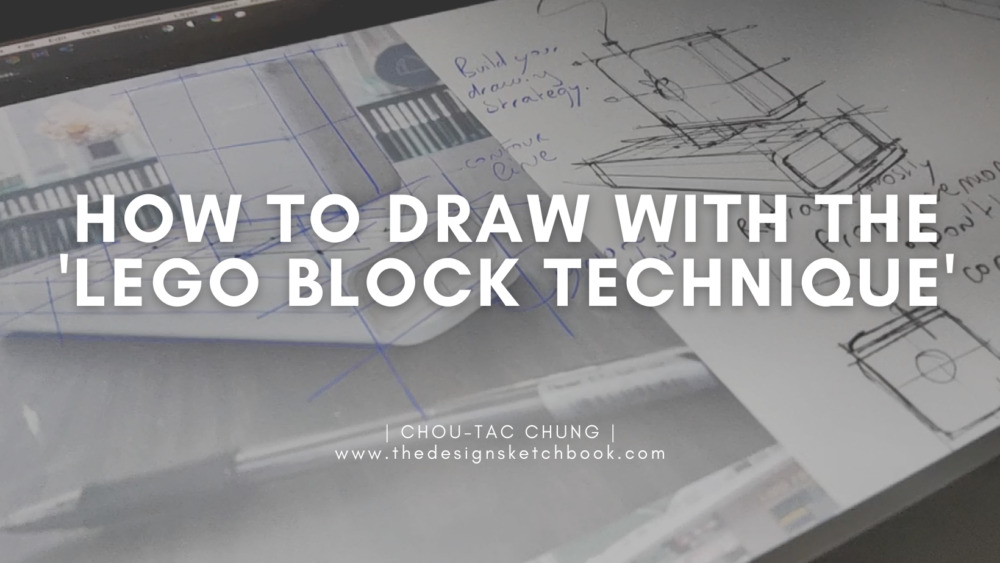
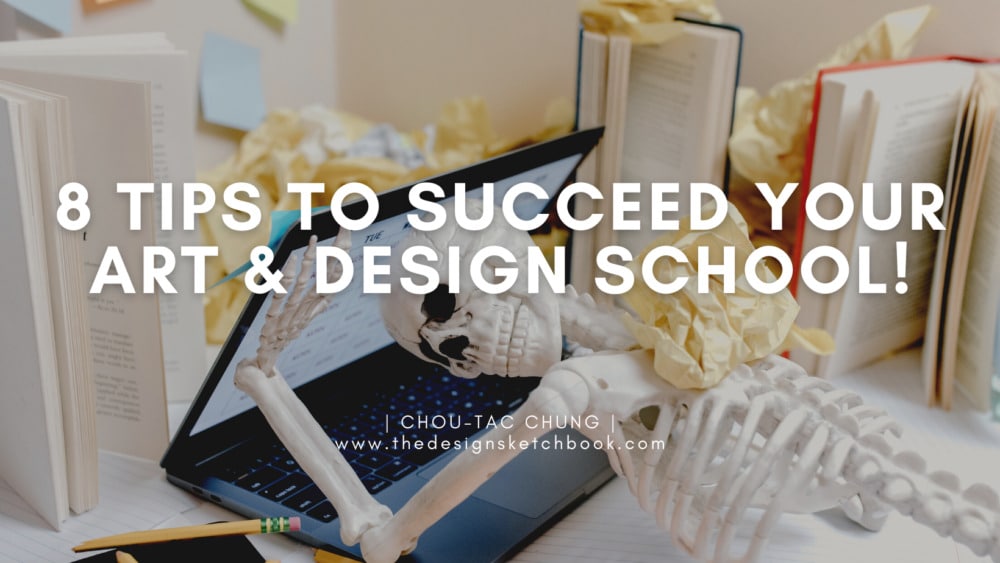

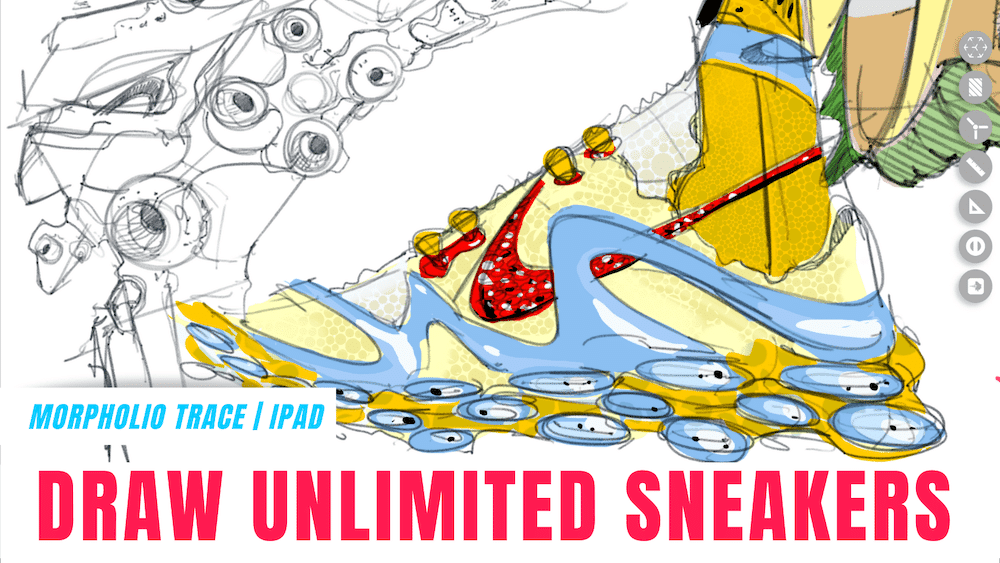
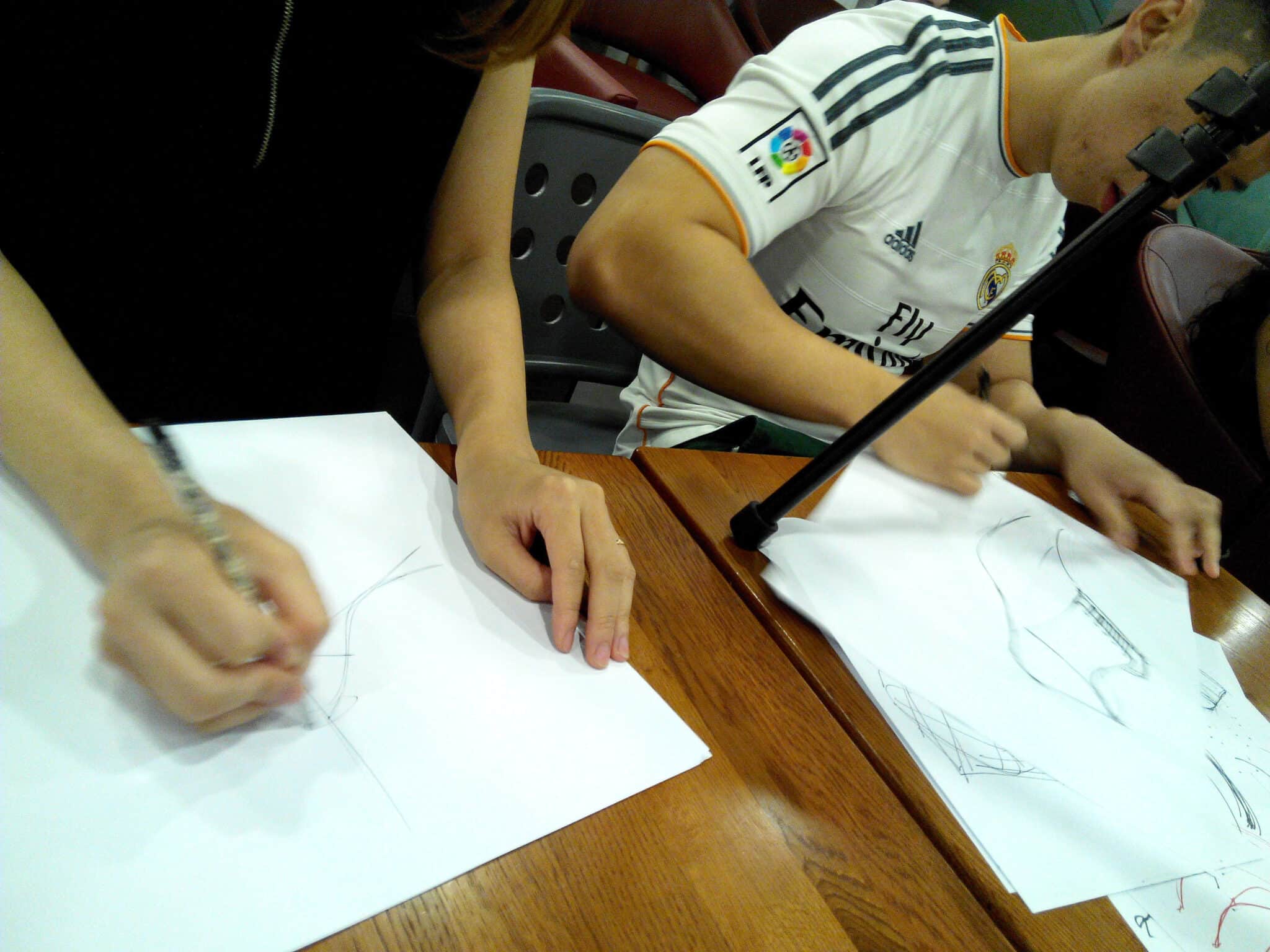
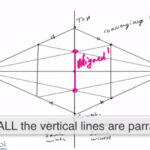

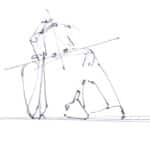




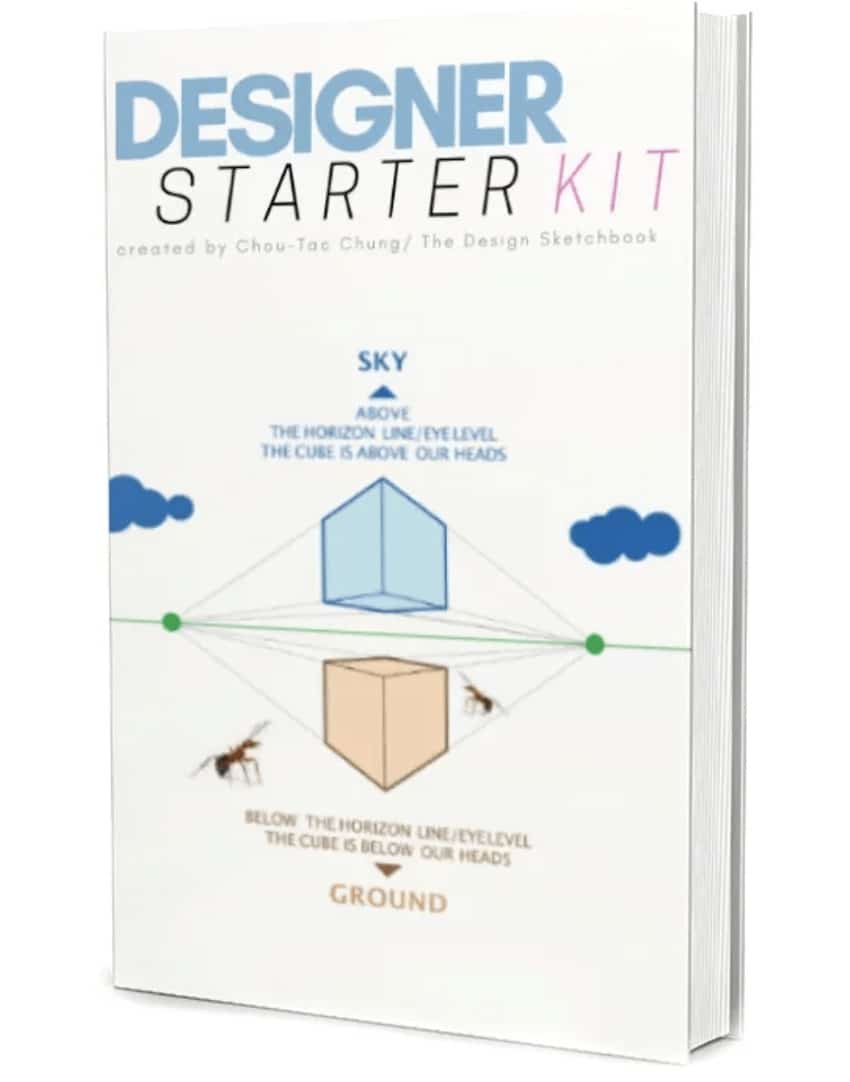
[…] is the same for learning how to draw. Possibilities are infinite to create anything from your imagination! (Cars, plane, furniture, […]
[…] this tip, I urge you to believe in yourself and your ability to acquire skills. If others have succeeded in pursuing their creative dreams, you can […]
[…] These small steps might seem insignificant to others, but they’re huge victories for you! Each improvement is a reason to be proud and excited about sketching. Your enthusiasm will be contagious. […]
[…] Design sketching draw cylinder draw organic forms Product design FacebookXRedditPinterestEmailLinkedInWhatsAppGoogle+ Previous How Designers Create Products People Love! Next 4 Steps to Master Drawing (by Learning Better How to Learn) […]